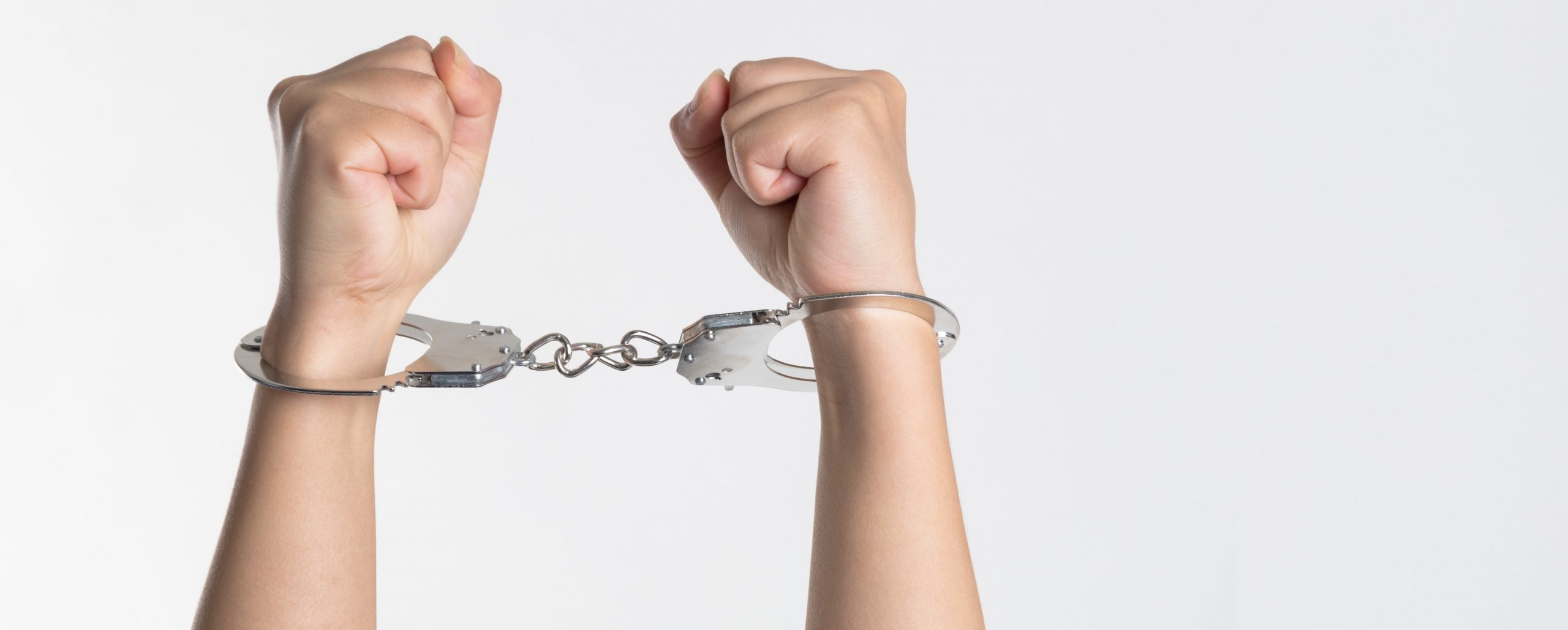What constitutes a crime? What are the elements of a crime?

Composition of crime is one of the basic problems of criminal law science. In order for a person to convict a person or a legal entity, that person’s criminal act must have all the elements constituting a crime. So what constitutes a crime? What factors constitute a crime?
1. Constituting a crime
– Concept: The composition of a crime is the sum total of typical legal signs of a crime, specifically specified in the Criminal Law.
– Classification:
Based on the seriousness of the offense that constitutes the reflected crime, it can be divided into the following categories: basic crimes; constitutes an aggravating crime; constituting mitigating offenses.
Based on the structure of the criminal composition, it can be divided into the following types of crimes: formal crimes; constitutes a material crime; constitutes a mixed crime.
– Characteristics of the criminal composition
- The signs in the composition of a crime are prescribed by the law
Only the state has the right to enact a law and only the state has the right to stipulate which acts are illegal and which are criminal. And by the description of those signs and prescribed in the penal code. The agency that interprets and applies the law is only allowed to interpret the content of the prescribed signs, but not to define a new crime or amend a law, on the penalty frame, on a new crime.. ..
- The signs of the composition carry typical characteristic marks
A type of crime is characterized by only one criminal composition and one criminal composition is only characteristic of one type of crime, that is, a characteristic sign. The characteristic signs of criminal composition are also reflected in the fact that only signs that tell the characteristic nature of the type of crime to distinguish that crime from other crimes are recorded in the criminal composition.
- Signs of compulsive criminality
An act is considered a crime when all four elements of a crime must be satisfied. If any of these signs are missing, it may not be a crime or may turn to another crime. In case of excess of a certain factor, it also leads to not being a criminal or being converted to another crime.
2. Elements constituting a crime
2.1. Objects
The object of a crime is an element to constitute a crime in which the object is the social relationship that is violated or threatened by the criminal, causing dangerous consequences for society. In which the object of the crime is the object of the crime that is affected by the criminal act and thereby causes damage or threatens to cause damage to social relations protected by law.
Objects can be classified as: general object of crime, category of crime, direct object of crime.
- General objects of crime: according to the provisions of Clause 1, Article 8 of the Penal Code 2015 amended and supplemented in 2017, there are provisions: infringing upon the independence, sovereignty, unity and territorial integrity of the Fatherland, infringing upon the political team, economic regime, culture, national defense, security, social order and safety, the legitimate rights and interests of citizens, infringing upon other areas of the social legal order thisism is also the common object of crime.
- Category guests: the category of criminals is a group of social relations of the same nature protected by a group of criminal laws and violated by a group of criminals.
- The direct object of the crime is one or several specific social relationships that are infringed upon by a particular criminal act.
2.2. The objective side of the crime
The objective side of the crime is the external side of the crime, any crime is shown to the outside, reflected in the objective world.
Signs to recognize the objective side of a crime include the objective behavior of the crime, the harmful consequences caused by that act, the cause-and-effect relationship between the dangerous act and the harmful consequences, the time , places, methods, means and tools of committing the crime.
- The objective behavior of the crime is the manifestation of people outside the objective world in specific forms; to achieve intended and desired goals.
- Dangerous consequences for society are damage caused by criminal acts to social relations, which are protected objects of criminal law.
- The causal relationship of the objective side of the crime is an objective relationship that always exists between the objective behavior and the consequences of the objective act.
2.3. The subjective side of crime
The subjective side of the crime is the inner side of the crime, reflecting the psychological state of the subject towards the behavior that is dangerous to society and the consequences caused by that behavior.
Signs to identify the subjective side of a crime include signs of guilt, motives for committing crimes, and purposes of committing crimes.
- Fault is the internal psychological attitude of the offender towards an act that is dangerous to his or her society and towards the consequences caused by that act, expressed in the form of intentional or unintentional.
- Criminal motive is the internal motivation that motivates the offender to commit his crime
- The purpose of committing a crime is a milestone that the offender sets out to achieve when committing a crime.
2.4. The subject of the crime
The subject of a crime is a person who commits an act defined by the criminal law as a crime, has criminal liability capacity and reaches the age of criminal responsibility.
For identifying signs of the subject of a crime, it is shown that the offender has criminal liability capacity and must reach the age of criminal responsibility.
- Criminal responsibility capacity is the capacity to perceive the social significance of one’s acts; control behavior according to the requirements of society.
- Age of criminal responsibility: based on Article 12 of the 2015 Penal Code, persons aged full 16 years or older must bear penal liability for all crimes, unless otherwise provided for by this Code. As for the subjects over 14 years old to under 16 years old, they are only criminally responsible for serious dangerous crimes or intentional crimes.
Above is the entire article of Khoa Tin related to “Crime composition and elements of crime”.
In case customers have unclear issues or need to discuss further, please call us immediately at 0983.533.005 for a free consultation.
Best regards./.
Latest news











